
Global Banks Aren’t Walking The Talk on Emissions, Study Shows
The world’s biggest banks aren’t telling stakeholders what they need to know to judge how big the industry’s
2023-09-05 10:56

Cyngn to Participate at Investor Conferences with Singular Research and LD Micro
MENLO PARK, Calif.--(BUSINESS WIRE)--May 18, 2023--
2023-05-18 19:26

Softeon Scores Third highest in WMS Level 3 and 4 Warehouse Operation Use Cases and Fourth highest in Level 5 in New Gartner® Critical Capabilities Report
RESTON, Va.--(BUSINESS WIRE)--Aug 15, 2023--
2023-08-15 23:15
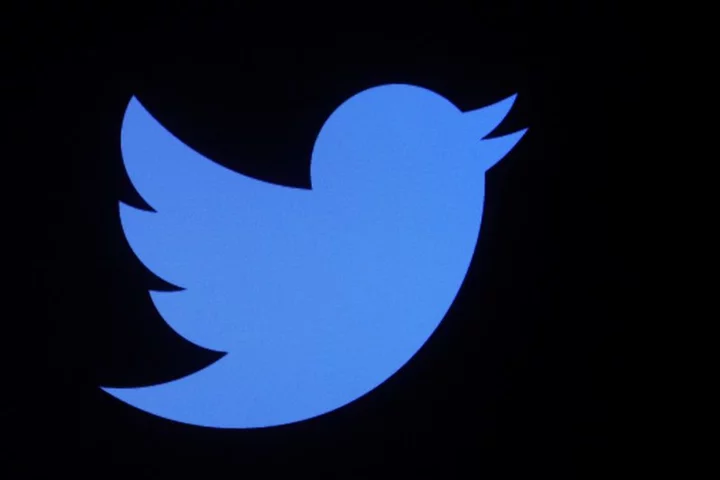
Twitter seeks termination of FTC order over data practices
By Sheila Dang Twitter asked a U.S. court on Thursday to terminate a consent order with the Federal
2023-07-14 04:57
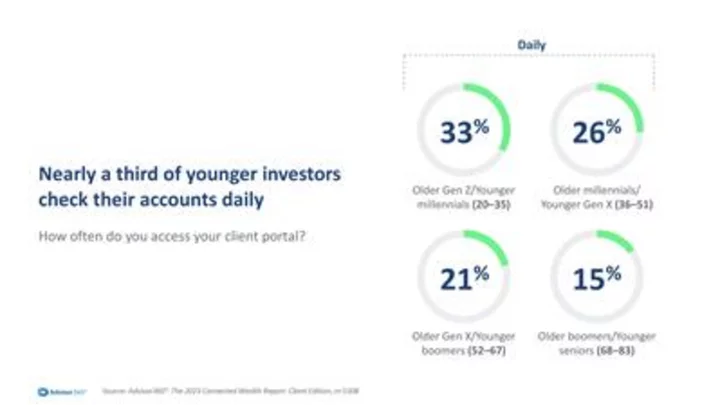
Advisor360° Survey: Mass Affluent and High Net Worth Individuals Are More Engaged Online Than Two Years Ago
WESTON, Mass.--(BUSINESS WIRE)--Jun 12, 2023--
2023-06-12 21:55
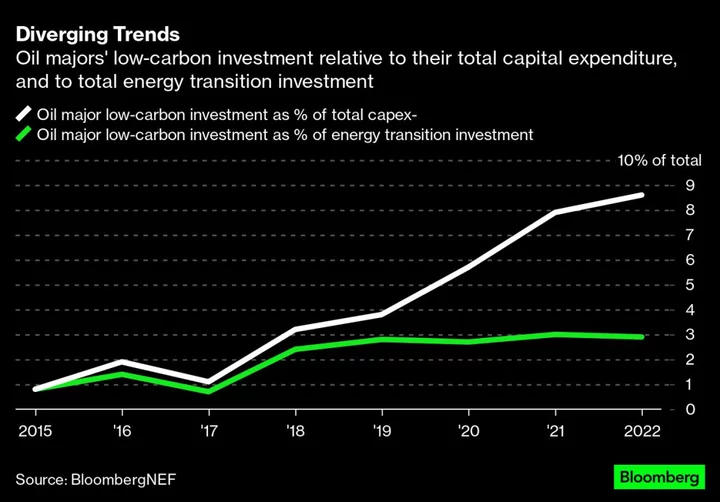
Big Oil’s Pullback From Clean Energy Matters Less Than You Might Think
The world’s five biggest publicly listed oil and gas companies posted just under $200 billion in total profits
2023-06-25 22:56
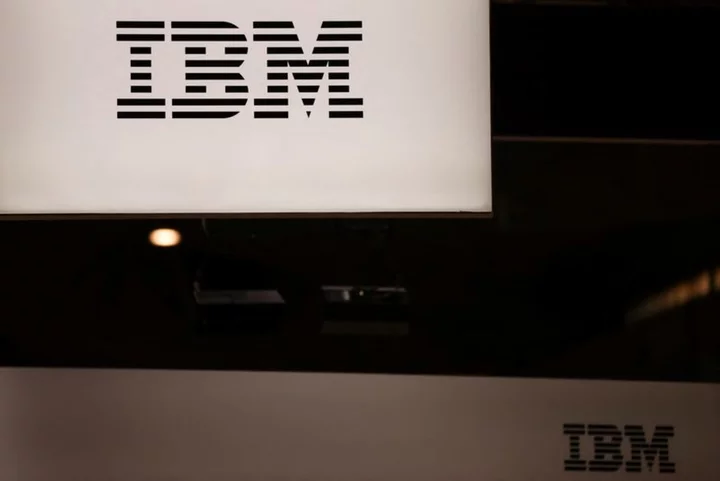
IBM notifies J&J unit Janssen CarePath's customers of unauthorized data access
IBM said on Wednesday it is notifying customers of Janssen CarePath, a Johnson & Johnson unit, of a
2023-09-07 02:59

Warzone July 19 Patch Notes: All Weapon Buffs and Nerfs
Check out all the weapon buffs and nerfs in the Warzone July 19 patch notes, as well as a few Ranked Play restrictions for the most broken guns in the game.
2023-07-21 02:58

South Korea is cutting 'killer questions' from an 8-hour exam some blame for a fertility rate crisis
Raising a child in South Korea is no easy task. By the time their toddlers can walk, many parents have already begun scouting out elite private preschools.
2023-07-02 08:17

VoiD triumphs as 'World's Greatest Gamer' in Ludwig's epic event, fans dub him 'GOAT'
VoiD was crowned the 'Greatest Gamer in the World' in Ludwig Ahgren's event by showcasing his versatile gaming skills across 11 different titles
2023-09-05 13:45

Police warn about dangerous emergency setting on Android phones
A potentially dangerous setting on Android phones means that emergency phone lines are being pocket dialled, a Metropolitan Police officer has warned. Android devices have a setting called ‘Emergency SOS’ that is intended to make it easier for people to call for help. If a person presses the power button fives times or more, it starts a series of emergency actions like calling for help. Users can choose what that setting does. But by default the phone calls the police number, so that they will be alerted to any issue. The ease with which the setting can be activated means that 999 lines in the UK are getting called by accident, according Met Police chief superintendent Dan Ivey. The button is being pressed while people’s phones are in their pockets, further filling up already stretched emergency call handlers. He asked that people disable the feature to help reduce demand. He described the setting as a “problem”, though some users may opt to keep it active if they feel that it is likely to be used in an emergency. Mr Ivey said that on Saturday the Met Police had received an “unprecedented” 9,500 calls through 999, and 3,000 on non-emergency lines. Only 20 per cent of them had required police to be sent in emergency response mode, he said. “There is a problem with SOS auto mode on Android devices, so we are asking for your help,” Mr Ivey said, describing the issue. He asked that people turn off the feature by going to settings and then choosing “Emergency SOS”, where the feature can be turned off or changed so that it does not ring 999. He asked people to ensure they only call 999 when they need police urgently, on blue lights, in situations where there is a danger to life, someone is using or there is immediate threat of serious violence, or there is serious injury to a person or serious damage to a property. Mr Ivey was responding a to post from the London Ambulance Service in which it said it was also receiving historic numbers of calls. It said that on Monday it had received 7,751 999 calls, the highest since New Year’s Eve 2021, and also asked people to keep 999 for life-threatening emergencies only. The iPhone also has its own Emergency SOS feature, though its design may mean that it is less likely to be triggered by accident. On newer phones it is activated by pressing a volume and power button, and on older ones it is used by pressing the power button fives times; in both cases, however, it also requires users to then push across a slider that will actually activate the emergency call. Read More Reddit says people will get over outrage and causes further outrage LinkedIn bans ‘wonder kid’ SpaceX engineer, 14, hired by Elon Musk Reddit hit by more outages as the fight over its future escalates
2023-06-17 00:45

MrBeast's epic reply to Kai Cenat's $100K appeal at Sidemen Charity Match breaks Internet
MrBeast responded with a tongue-in-cheek remark to Kai Cenat's hilarious request
2023-09-12 15:51
You Might Like...
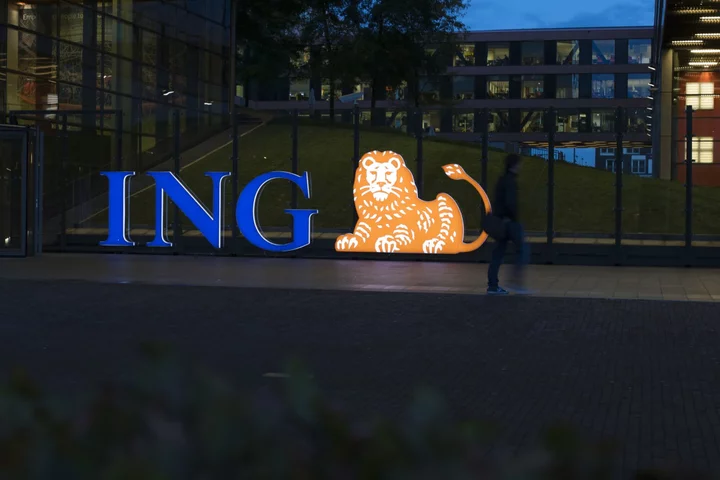
ING’s German Unit Drops High CO2-Risk Clients
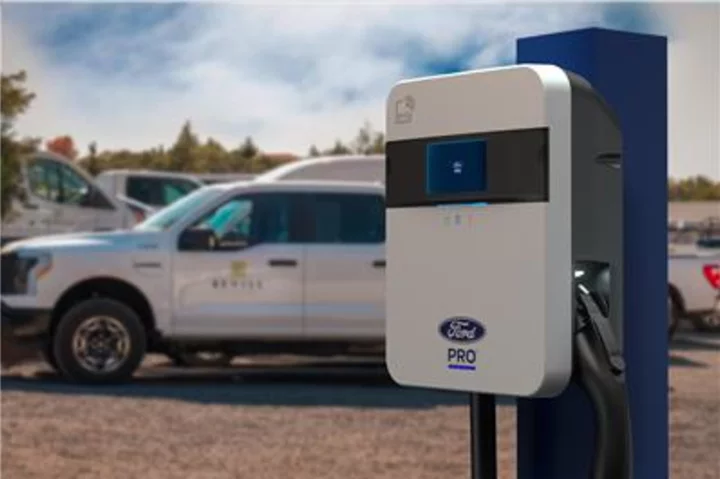
Ford Pro Expands Charging Solutions Revealing New Lineup of Chargers for Commercial Customers
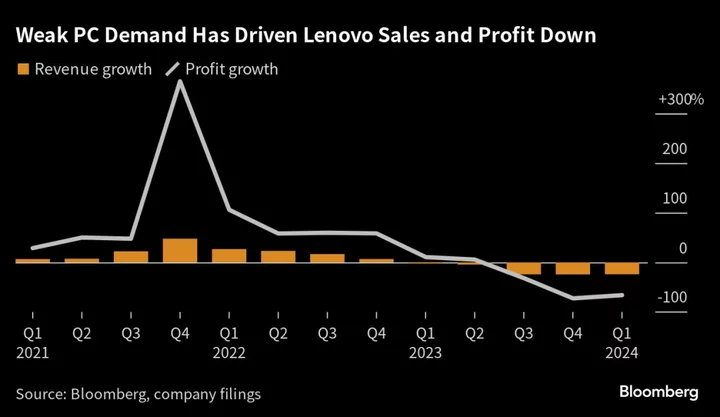
Lenovo Drops 6% After Profit Miss Amid Prolonged PC Downturn

Challenge for World’s Biggest Robot Trains Is Going Electric
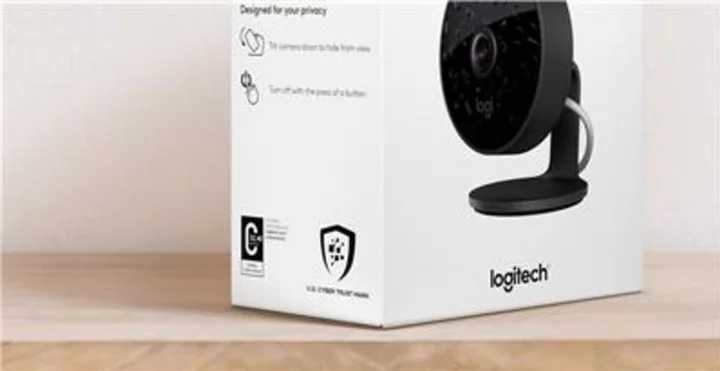
Logitech Among Industry Leaders Driving Increased IoT Product Security and Privacy

How to unblock U.S. Netflix from anywhere in the world
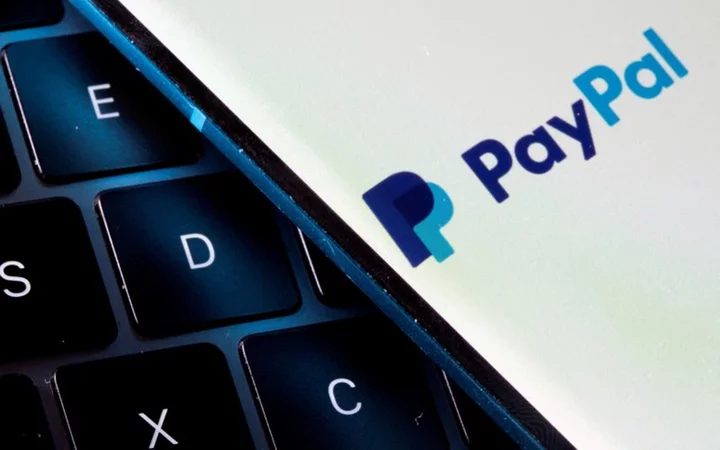
US consumer watchdog proposes rules for Big Tech payments, digital wallets
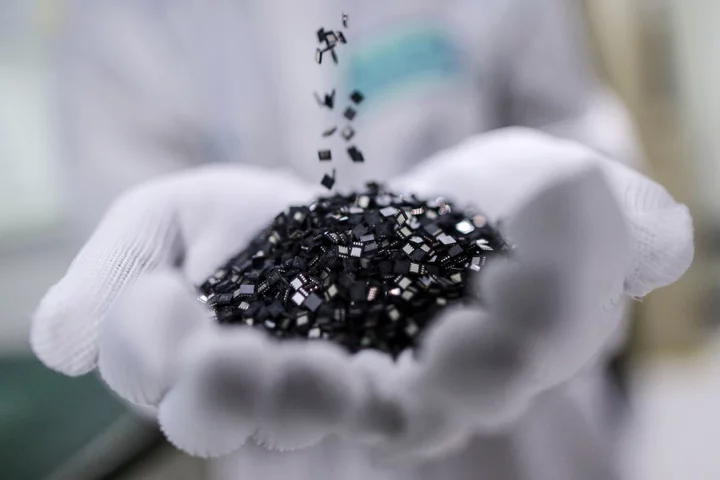
There's a New King in Chip ETFs After Record $805 Million Inflow
